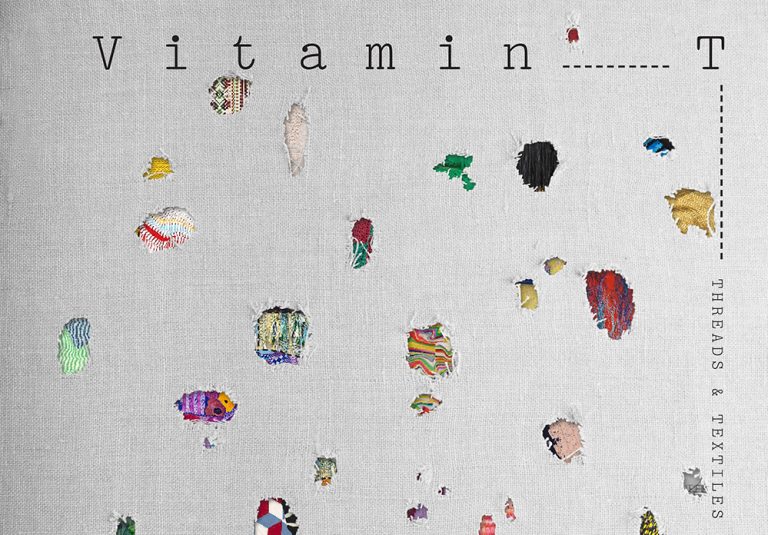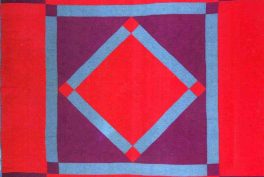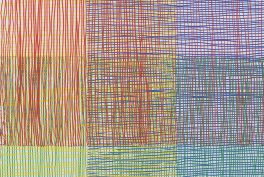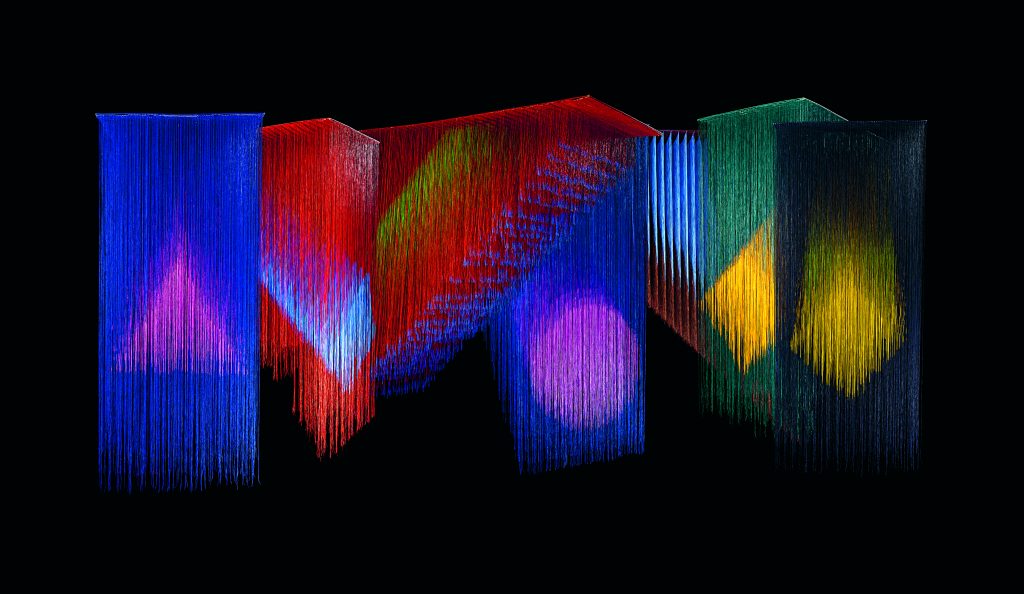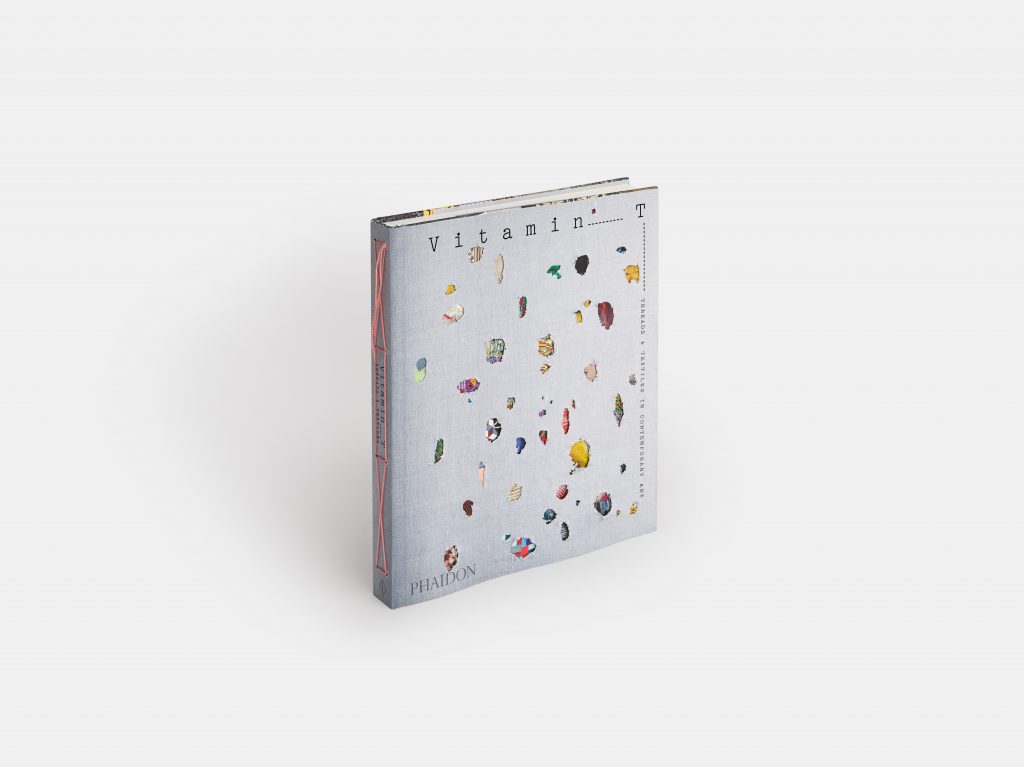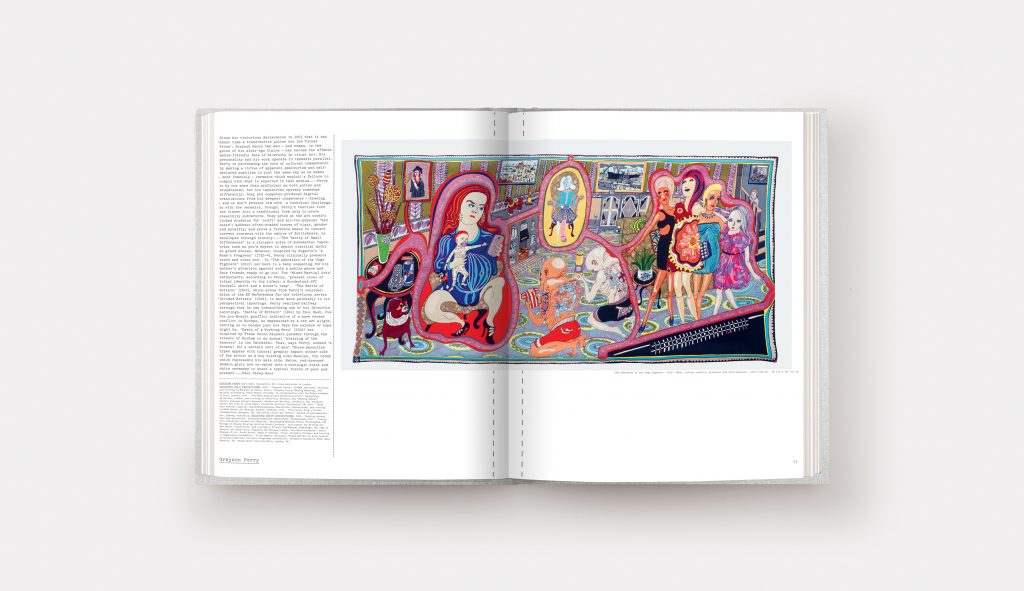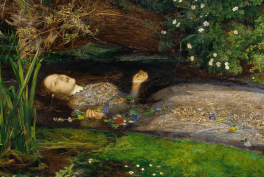Textile art has a long history, dating back thousands of years to ancient civilizations where textiles were not only used for practical purposes but also for decorative and artistic expression. Encompassing a wide range of techniques including weaving, knitting, crocheting, embroidery, and quilting, among others, textile art refers to any artwork that is made using fabrics, yarns, or fibers.
Nowadays, it is a vibrant and diverse field, with artists creating pieces that range from traditional to contemporary and everything in between. The versatility and tactile nature of textiles make them a unique medium for artistic expression, allowing artists to explore color, texture, and form in new and exciting ways.
Furthermore, textiles are a great way to address a wide range of topics and themes, from environmental to gender issues, given the strong connotations that have been associated with these types of materials throughout history.
To explore all these different aspects, Phaidon published Vitamin T: Threads and Textiles in Contemporary Art. It is a comprehensive survey of more than 100 global artists, that allows all its readers to finally understand the difference between stitching and crocheting. It also explores and familiarizes the reader with the works of some of the greatest artists alive.
Phaidon Vitamin Series
Vitamin T is part of a long-running series of books that survey recent developments in visual art through the lens of a specific medium. Analyzing and gathering together the work of artists that engage with the same medium, this series aims to understand not only how certain material is applied, but also what it represents for the artists and how its specificities influence the work they produce.
From the same series, Phaidon has launched or is about to launch, books on clay and ceramic, painting, drawing, and collage.
Phaidon’s Vitamin series is, therefore, an essential read for every art lover wanting to better understand a specific medium. Through images and texts, the books explain how each of the represented artists engages with the analyzed medium, what they do, and what the main characteristics of their work are. The series thereby allows the reader to better understand not only the techniques used but also the conceptual meanings these specific techniques bear.
The books rely on a panel of international curators, critics, and museum directors, who each nominate the best artists working with the specific medium analyzed, thus forming a comprehensive list of the most representative artists.
Vitamin T: Over 100 Artists to Understand Textile Art
Celebrating tapestry, embroidery, stitching, textiles, knitting, and knotting as used by visual artists worldwide, Vitamin T gathers the work of more than 100 global living artists, as selected by international curators, critics, and art professionals.
Despite long being considered a lesser art because of its association with craft and the relatively simple nature of the materials used, textile art has had a strong impact on the contemporary art world. This book proves how to this day this medium still offers great examples of innovation and forward-thinking.
The book analyzes the work of the most prominent artists working today. In it one can read about Phyllida Barlow’s large-scale installations, the synesthetic works of Ernesto Neto, to the repurposed quilts of Sanford Biggers. Moreover, the book analyzes the work of Mona Hatoum, with her use of hair, or that of Sarah Lucas, and her use of stockings, just to name a few.
From History to Recent Developments
The book opens with a general introduction to textile art. It analyzes the history of the medium, and more specifically how its modern use developed in both America and Europe during the 20th century. The book recalls the importance given to weaving by the Bauhaus movement, and how it was used to produce objects, artworks, and design pieces by the artists from the same movement. It also recalls the Fiber movement of the 1960s and 1970s and its pioneering role in attributing a fundamental role to fibers and textiles in the production of contemporary art.
In her introduction, the curator of the book, Jenelle Porter, analyzes how the feminist movement adopted the use of textile art. She also discusses how in the past 30 to 40 years, this medium has shed all its negative, crafty connotations, and has gained immense popularity among artists, critics, and collectors alike.
Standing at the intersection of sculpture and installation, but also painting and wall hangings, textile art nowadays seems limitless and no longer linked exclusively to traditional categories, such as tapestry or weaving.
As Porter says in her introduction:
About the author of Vitamin T
Jenelle Porter was formerly a senior curator at ICA Boston and curator at ICA Philadelphia and is an author of numerous publications and essays on contemporary art and craft.
You can get your own copy of Vitamin T: Threads and Textiles in Contemporary Art on the publisher’s website.
